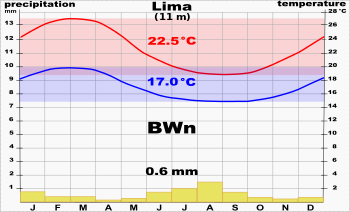Also discussed here: Chronic PM2.5 exposure and inflammation: determining sensitive subgroups in mid-life women.(Abstract, Ostro B, Malig B, Broadwin R, Basu R, Gold EB, Bromberger JT, Derby C, Feinstein S, Greendale GA, Jackson EA, Kravitz HM, Matthews KA, Sternfeld B, Tomey K, Green RR, Green R, Wnviron Res., May 8, 2014)
Today we review research into the ways that the drugs taken to reduce cholesterol interact with C-reactive protein to reduce the inflammation that normally is caused by exposure to fine particulate matter. This is important since 1 in 4 adults over 45 take statins (including Lipitor, Zocor and other brand names) and over 800,000 deaths world-wide are caused by fine particles.

Key Quotes:
“Health impacts from spikes in particulates in the air are substantial. Statins seem to protect not only lungs from these impacts but the heart, too,”
“a 10 µg/m(3) increase in annual PM2.5 more than doubled the risk of CRP [C-reactive protein ] greater than 3mg/l in older diabetics, smokers and the unmarried.”
“people who take statins have fewer proteins in their blood that indicate inflammation of tissues… This inflammation may aggravate respiratory and cardiovascular diseases.”
“There are some specific groups [such as diabetics] that seem to have higher levels of inflammation after long-term exposure….On the converse side, we found that people on statins seem to be protected from the inflammatory effects of PM2.5.”
“Health impacts from spikes in particulates in the air are substantial. Statins seem to protect not only lungs from these impacts but the heart, too.”
“The older thinking was that plaque in coronary arteries caused heart attacks….Now the thinking is that it’s also due to some living tissue under plague that gets inflamed and that disrupts the plaque. We already knew statins ameliorate heart disease, and always thought it was through lipids, but here’s a new pathway.”
“Larger effects were also observed among those with low income, high blood pressure, or who were using hormone therapy, with indications of a protective effects for those using statins or consuming moderate amounts of alcohol.”








































